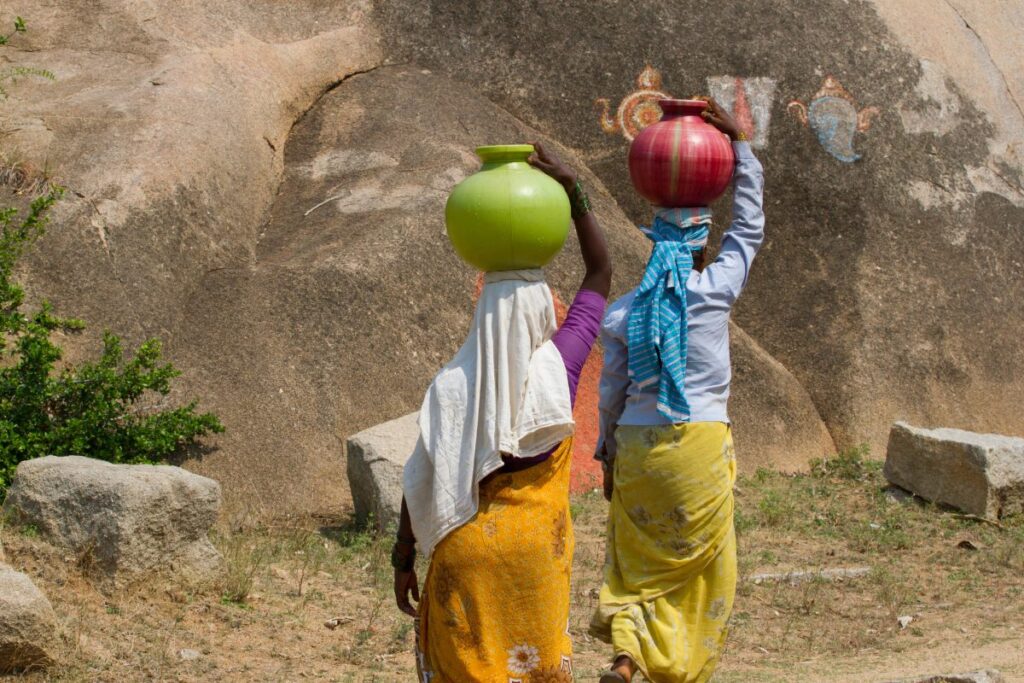Water in India’s rural locations is often a risky business. Could “water aunties” be a solution?

In areas where sewage systems are either non-existent, dysfunctional or in a state of disrepair, open defecation is still common. Water is often sourced from groundwater supplies and contamination is simply a fact of life. Outbreaks of diseases such as cholera occur fairly frequently across rural India, and issues such as food poisoning are a constant source of illness for the population in these regions.
Small water enterprises (SWEs) may have the answer. By combining community health with women’s empowerment, they have devised a system in which local women act as “water aunties”, helping to provide safe, sanitised water within their community.
Their role in providing clean water was spotlighted at the recent World Water Week organised by the Stockholm International Water Institute (SIWI). Cherra Padmaja, one such water auntie, commented “general health has improved in my village in Warangal. Everybody in the village now calls me Water Aunty fondly.” Improving sanitation carries multiple benefits to health; earlier this year, Warangal weaponised improved sanitation in the fight against malaria.
With the assistance of non-profit registered trust Safe Water Network, safe water-dispensing stations are set up to provide affordable and treated drinking water to local villages. The water station called iJal treats groundwater from borewells, making it fit for human consumption. Twenty litres of treated water costs the village only Rs 5, a small price considering the number of diseases staved off by a clean supply of water.
The women’s role in providing this water is to accommodate for basic maintenance of the village’s water dispenser, as well as filling up the machine whenever needed.
Ayushi Trivedi, gender and social equity research analyst at the US-based World Resources Institute (WRI), said “women are already the primary water decision-makers at the household level, but when women influence water management, their communities get measurably better outcomes — including better-functioning water systems, expanded access, and economic and environmental benefits.”
The benefits extend beyond just female empowerment. Health outcomes where clean water is available are notably improved. Instances of diarrhoeal disease fall, reducing instance of dehydration and malnutrition, a major issue linked to childhood and maternal mortality. By empowering India’s women at the village level, the health of the whole community may see a notable improvement.

